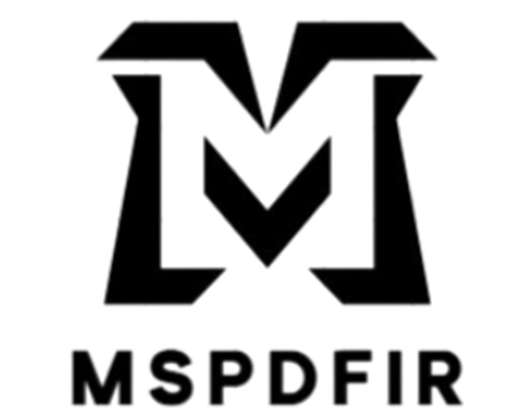Imagine discovering a quarter worth $5.1 million in your spare change. Sounds unbelievable, right? Yet, for some lucky collectors, this dream has become a reality with the rare Bicentennial Quarter.
Minted in 1976 to commemorate America’s 200th anniversary, this special coin has captivated numismatists due to its historical significance, rarity, and jaw-dropping auction prices. In this post, we’ll explore why the Bicentennial Quarter is so valuable, the story behind its multimillion-dollar sale, and how you can spot one in your own collection. Let’s dive in!
What Makes the Bicentennial Quarter Unique?
Unlike standard quarters, the Bicentennial Quarter features:
| Feature | Description |
|---|---|
| Dual Date (1776-1976) | Marks the U.S. Bicentennial |
| Reverse Design | Features a colonial drummer boy, torch, and 13 stars |
| Special Mint Marks | Struck in Philadelphia (no mark), Denver (D), and San Francisco (S) |
Over 1.6 billion of these quarters were minted, but only a few rare variants are worth big money. High-grade coins, minting errors, and unique compositions can command staggering prices.
The $5.1 Million Bicentennial Quarter: What’s the Story?
Some reports suggest that a specific Bicentennial Quarter—possibly a high-grade proof with a rare error—sold for $5.1 million. While most sell for much less, unique features like a “No S” proof (missing the San Francisco mint mark) or major minting errors can elevate their value significantly.
For reference, a 1976-S Silver Proof Bicentennial Quarter in pristine condition sold for $19,200 in 2019. If an ultra-rare specimen surfaces, its price could reach millions, especially as collector demand rises.
Why Do These Quarters Fetch High Prices?
Several factors influence a Bicentennial Quarter’s worth:
| Factor | Impact on Value |
|---|---|
| Rarity | Uncommon errors or proof variants are worth more |
| Condition (Grading) | Coins graded PR-70 or MS-70 fetch top dollar |
| Minting Errors | Double dies, off-center strikes, or overstrikes increase value |
| Historical Significance | Coins tied to key events attract collectors |
For instance, a 1976 Bicentennial Quarter struck on a dime planchet sold for $9,200 in 2020.
Real-Life Collector Stories
Meet Tom, an Ohio retiree who found a “No S” silver proof Bicentennial Quarter in his late father’s coin collection. After professional grading, it was valued at over $10,000, funding his dream trip to Europe. Not quite $5.1 million, but still life-changing!
How to Identify a Valuable Bicentennial Quarter
Use this checklist to determine if your quarter could be a hidden treasure:
| Step | What to Look For |
|---|---|
| Check the Mint Mark | “S” for silver proofs, missing “S” for rarities |
| Weigh the Coin | 5.75g for 40% silver versions |
| Inspect for Errors | Doubled die, off-center strike, or overstrike |
| Examine Condition | Coins in MS-67+ or PR-70 grade fetch higher prices |
| Get Professional Grading | PCGS or NGC certification verifies authenticity |
Future of Bicentennial Quarter Values
With the U.S. approaching its 250th anniversary in 2026, demand for Bicentennial collectibles is rising. As numismatic interest surges, top-tier quarters could command even higher prices.
Tips for Aspiring Collectors
- Start Small: Learn with a magnifying glass and research coin features.
- Network: Visit coin shows and join collector groups.
- Stay Informed: Follow sites like CoinWeek and PCGS for value trends.
- Protect Your Finds: Store valuable coins in protective cases.
FAQs
Are all Bicentennial Quarters valuable?
No, most are worth face value, but rare variants and high grades can fetch thousands.
What’s the most valuable Bicentennial Quarter?
Likely a high-grade “No S” proof or a unique minting error.
How can I sell a rare Bicentennial Quarter?
Get it graded by PCGS or NGC and sell via auctions or coin dealers.
Can I find valuable quarters in circulation?
It’s unlikely, but checking old collections or rolls increases your chances.
What other quarters are valuable?
1932-D and 1932-S Washington quarters, 2004 Wisconsin Extra Leaf quarters, and 1955 Doubled Die quarters.




